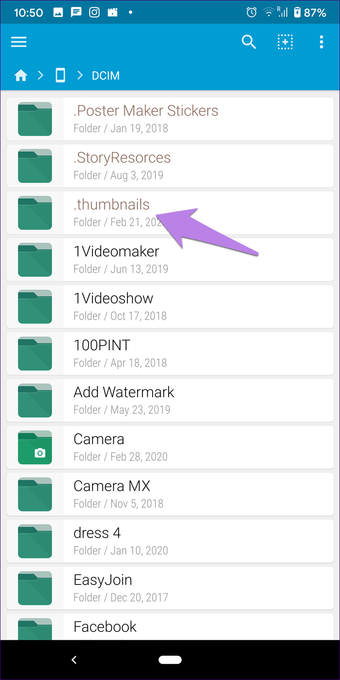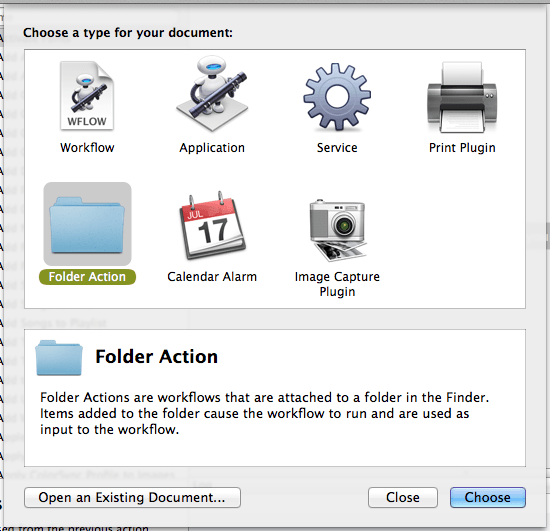Asked by Old McStopher
I know this may stem from a fundamental misunderstanding of the way disk images are intended to work, but even when full permissions are granted on a .dmg file, I am unable to add or remove files on the mounted disk image. Is there any way (natively or via a 3rd-party tool) to do this?
Since.app files of programs are located in the Applications folder, you can delete DMG files and package installers. Besides that, developers regularly update apps, so if you want to use an updated version of particular software, you will need to download a new installer. Jul 20, 2017 DMG files are mounted by your system, like a sort of virtual hard drive. When you’re done installing the application, it’s a good idea to unmount the DMG in Finder when you’re done installing: just click the “Eject” arrow. Then you can feel free to delete the original DMG file: you don’t need it anymore. Download Mac OS Sierra 10.12.5 DMG Files. If you looking on the internet a Mac OS Sierra 10.12.5 DMG Files So, you come to the right place now a day shares with you a Mac OS Sierra DMG direct download without an app store this Apple operating system with so many new cool features added and all bugs fixed. You can direct updated to High Sierra from the apple store and download from direct link.
I know that when a disk image is mounted, a checksum verification is done, so I’m guessing that because modifying the image at all would destroy the checksum, this is inherently not allowed, but I’m wondering if there’s a utility that could re-image the disk with a subset of its contents, perhaps recalculating the checksum in the process.
NOTE:Copying all the contents over, deleting, and then re-imaging is not a plausible option, due to the size of the image and the fact that it already fills most of the available space of the external drive on which it resides.
2 Answers

You can edit, add, and remove files on a Disk Image if it is formatted to be readable and writable, which is set at the creation of the Disk Image.
This is a different concept than file permissions: File permissions allow you to read, i.e. mount, an entire Disk Image, or delete it in entirety (as a Disk Image itself is a single large file). How the Disk Image was formatted sets the rules for if you can only read (or both read and write) files within the Disk Image.
To natively create a readable and writable copy of a Disk Image, you can use the hdiutil of macOS via Terminal.app like this:
hdiutil convert -format UDRW -o ReadableAndWritableCopy.dmg ReadOnlyOriginal.dmg
You can then edit what is in the ReadableAndWriteableCopy.dmg Disk Image and create another copy with your edits that is read-only (like the original was) like this:
hdiutil convert -format UDRO -o ReadOnlyCopy.dmg ReadableAndWriteableCopy.dmg
Answered by aoeu with 1 upvote
A disk image is designated as read-only or read-write when it is created. Simply changing the permissions on the DMG file will have no effect.
Here is one purported solution that I have not tried myself, that uses the hdiutil convert command to make a disk image writable, and hdiutil resize to add extra space if required for any additional content.
Answered by calum_b with 2 upvotes
Add your own answer!
Help others by answering this question!
If you already know what the DMG and PKG files are, you can skip to the second paragraph. For those who are learning about this type of file, we will describe its purpose below.

What is a DMG file
If you want to install a third-party application from the internet, you need to download its installer file with a .dmg or a .pkg extension. Both types of files, DMG (Apple Disk Image) and PKG (package installer), are only used on macOS. In most cases, once you download and open a DMG or a PKG file, you are asked to transfer its app to the Applications folder. Then you can launch the program and happily use it.
Since .app files of programs are located in the Applications folder, you can delete DMG files and package installers. Besides that, developers regularly update apps, so if you want to use an updated version of particular software, you will need to download a new installer. Since there is no need to keep useless installers on your Mac, you can remove them using Cleaner-App.
How to delete installer packages on a Mac
To remove unneeded installation files from your Mac using Cleaner-App, complete the next steps:
Can We Delete Dmg Files After Installation

- Launch Cleaner-App.
- Select the Installer Packages section.
- Skim all the DMG and PKG files. Select some of them or click Select All to get rid of unneeded files at once. Click Review and Remove.
- Review the items you want to delete and click to Remove.
- Complete the deletion of package installers by emptying the Bin.

Can You Delete .dmg Files After Install
Cleaner-App is an intuitive software tool that helps you to easily clean up your Mac. It serves not only to remove installers, but also to clear your Downloads. Using Cleaner-App, you can detect duplicate files, same name files, and photo series on your Mac. Then you can conveniently compare these files and select the useless ones for removal. If you want to keep your Mac clean of unwanted files and improve its performance, use Cleaner-App regularly.